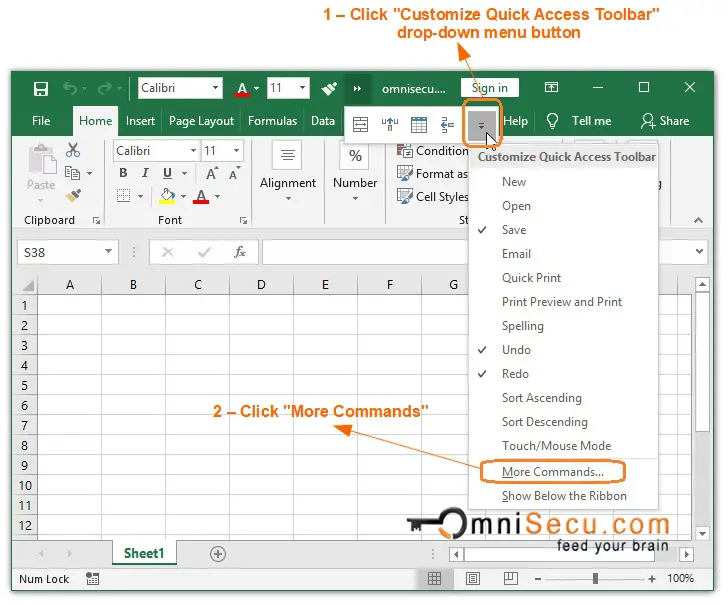

Controls – We can also insert controls into the worksheet, modify control properties, edit the VB code for a control, and turn the Design Mode on and off.Add-ins – We can insert and manage our Excel and COM add-ins.(The corresponding keyboard shortcut for this is Alt+ F8.) We also have the ability to record new macros from the Developer tab. Macros – We can get a list of all of the macros available to work with.(You can also do this by using the keyboard shortcut Alt+ F11.) Visual Basic – This launches the VB editor.What's in the Developer Tab?Īfter you've turned on the Developer tab, some of the options you’ll find there include:

Then, select the Developer checkbox and click OK.Īgain, this is a one-time process, so now the ribbon will show the Developer tab whenever you open Excel.This opens a menu of options, and we want to select Customize the Ribbon.First, we want to right-click on any of the existing tabs on our ribbon.The steps to add the Developer tab are super simple. Then, every subsequent time you open Excel, the Developer tab will be displayed for you. The great news is that you only have to follow these steps once. By default, the Developer tab is hidden, but unhiding it is quick and easy, and I’ve outlined the steps below. The Developer tab gives you quick access to some of the more advanced features and functions available in Excel. Works on all versions of Excel for Windows (Excel 2007, Excel 2010, Excel 2013, Excel 2016, Excel 2019, and Office 365). Bottom Line: Learn how to enable the Developer tab on the ribbon so that you can access commonly used functions for Macros, VBA, and Add-ins.


 0 kommentar(er)
0 kommentar(er)
